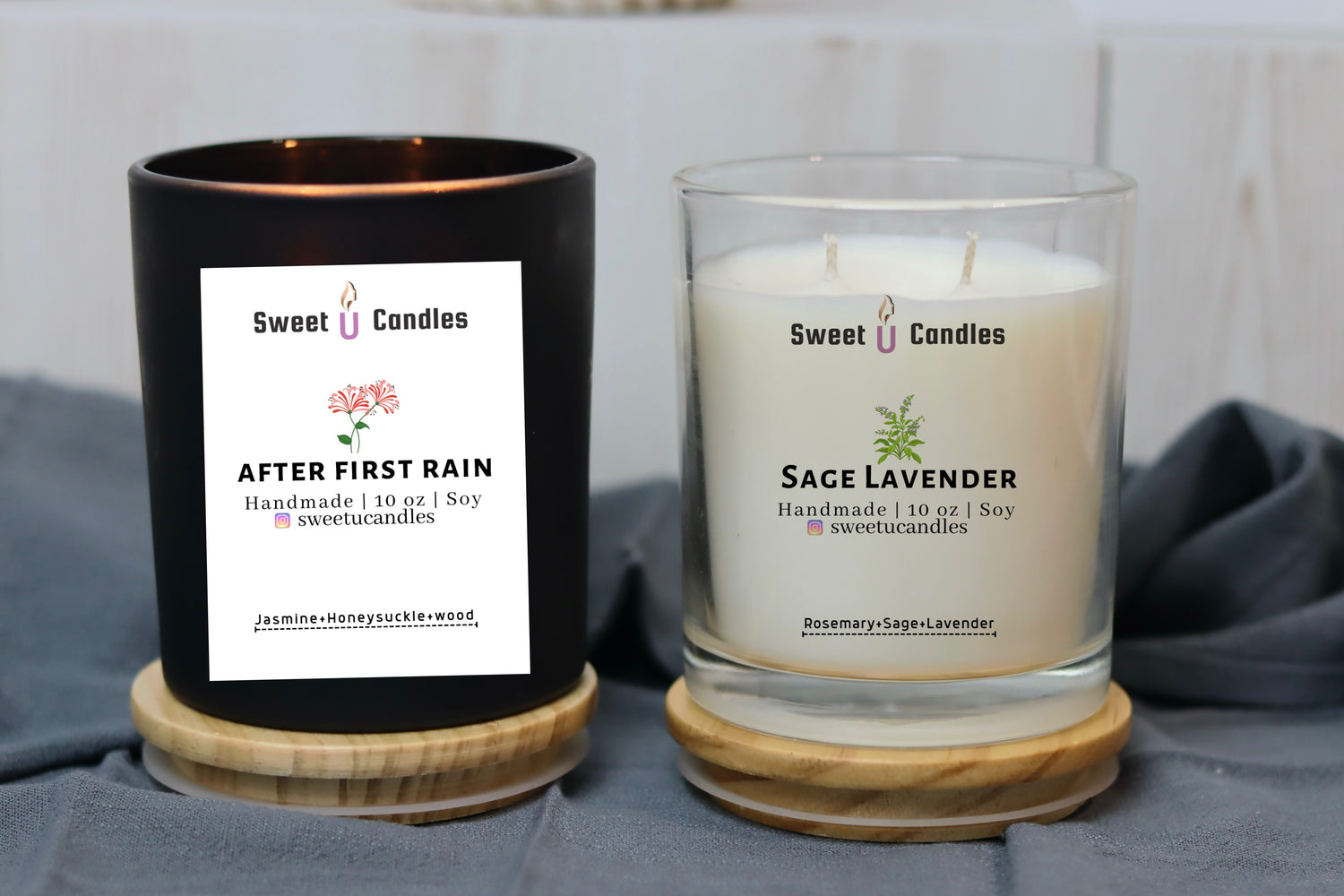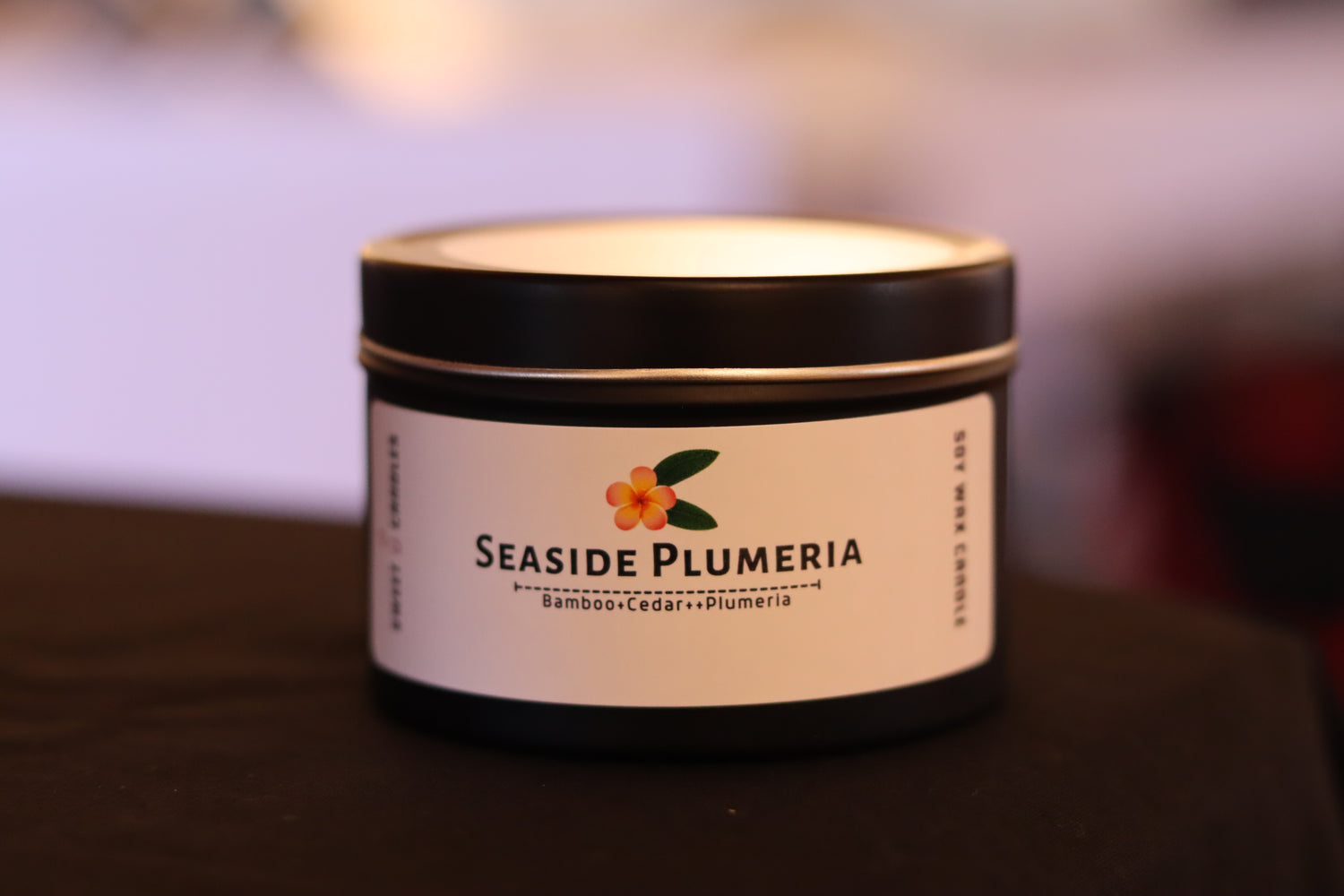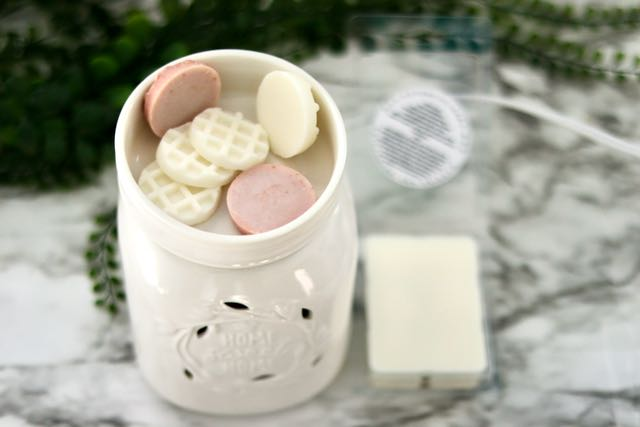Candle making, an art as old as time, beckons modern crafters with the allure of bespoke fragrance and warm light. But as with any craft, the journey from wick to wax is laden with potential missteps. For the novice chandler, these errors can be disheartening stumbling blocks or illuminating lessons. The difference lies in the guidance received and the wisdom gleaned from each faltered step.
In the spirit of turning early errors into early wins, we uncover the six cardinal blunders to sidestep on your path to candle making mastery. This guide not only sheds light on these common mistakes but also offers the rich insights needed to craft candles that are both a visual and olfactory delight.
1.Skipping the Test Phase
The Cruciality of Candle Testing
The first misstep in the candle crafter's odyssey is often a lack of rigorous testing. Neglecting this phase is akin to sailing without a compass – you may find your destination, but not without unnecessary difficulty and waste. Testing is not merely a recommendation; it is the cornerstone of safe and successful candle making.
A Methodical Approach to Mastery
A thorough testing process involves experimenting with various waxes, wick sizes, fragrances, and colors to observe how they interact. It's about understanding the burn rate, the melt pool, the scent throw, and the final appearance of the candle. Keep a detailed log of every test – from the ambient temperature to the precise measurements and outcomes.
2.Misjudging Fragrance Loads
The Scent Spectrum
The second mistake often stems from a misunderstanding of fragrance oil – how much is too little, and how much is too much? The potency of your candle's scent can make or break its appeal, and finding that delicate balance is key.
Fragrance Load Fundamentals
To avoid the perils of a weak-scented or overwhelming candle, one must first grasp the concept of fragrance load – the percentage of fragrance oil to wax weight. This percentage varies by wax type and should be adhered to strictly. Engage in olfactory research, understand your wax's fragrance load capacity, and be prepared to adjust based on the type of scent and its intended use.
3.Not Understanding Wax Properties
Wax Wisdom
Third on our list of candle crafting errors is a lack of understanding of wax properties. Each wax type – be it soy, paraffin, beeswax, or a blend – carries its melting point, burn time, and interaction with fragrances. This mistake can lead to candles that burn poorly or emit a suboptimal scent.
The Right Wax for the Right Candle
Choosing the correct wax for your candle is more than a matter of preference; it's a decision that affects every aspect of your candle's performance. Research and respect the melting points, and always adjust your method to suit the wax you're working with to achieve the perfect consistency and burn.
4.Ignoring the Importance of the Right Wick
The Wick – A Candle's Lifeline
The fourth error often lies at the heart of the candle – the wick. A wick that's too small or too large can lead to tunneling, sooting, or even become a fire hazard. The right wick ensures a clean, even burn and optimal use of the wax.
Wick Selection – A Precision Task
The process of selecting the right wick size is not guesswork but precision. It involves understanding the relationship between the wick, the wax, the fragrance, and the diameter of the candle. It's imperative to conduct burn tests to ensure the wick performs well with your specific candle design and size.
5.Overlooking the Curing Process
The Art of Candle Curing
Fifth is the oversight of the curing process. Many new candle makers are eager to see their creation come to life, leading them to skip or shorten the curing time. This impatience can result in a candle that burns unevenly or lacks a full-bodied scent.
Patience is a Virtue
Curing is not a step to be expedited. It allows the fragrance oil to fully bond with the wax, enhancing the scent throw. A well-cured candle speaks volumes of the craft and care that went into its creation. Depending on the wax, a proper cure can take anywhere from a few days to a couple of weeks.
6.Neglecting Presentation and Packaging
The Final Touch
Our final common mistake is neglecting the presentation and packaging of the finished candle. Even the most beautifully crafted candle can be overshadowed by poor presentation. In a market where aesthetics can be as important as quality, this oversight can be costly.
Packaging with Purpose
Invest in the visual appeal of your candles. Consider eco-friendly packaging that protects the candle and aligns with the ethos of your brand. The unboxing experience should be an extension of the candle's allure, enticing the customer before the scent even has a chance to.




